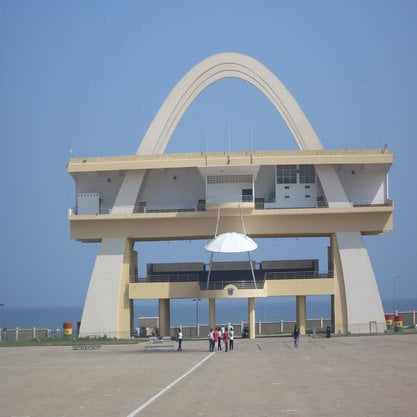Article
Campbell, Roy (1901–1957) By Voss, Tony
Article
Schooled in South Africa, in 1919 Campbell went to Oxford, but never entered the university. After marriage to Mary Garman in 1922, and the success of his first major work, he returned briefly to Natal, to edit the literary magazine Voorslag, but thereafter lived most of his life in France, Spain, and Portugal, apart from army service in Africa and residence in England during the Second World War.
The Flaming Terrapin (1924), an epic manifesto, established the essentials of Campbell’s poetic style: exuberant imagery, traditional versification, idiosyncratic intensity, and self-projection (‘The man clear-cut, against the last horizon’). The persona is usually a romantic figure from an imagined pre-industrial world. Successive disappointments (the short life of Voorslag and his marriage threatened by adultery) released hilarious satire: The Wayzgoose (1930) is a lampoon of the pretensions of settler culture; The Georgiad (1931) suggests that, like Thomas Pringle (1789–1834) in his clash with the Cape Governor Somerset, Campbell suffered and baulked at the hauteur and moral indifference of the English aristocracy.


